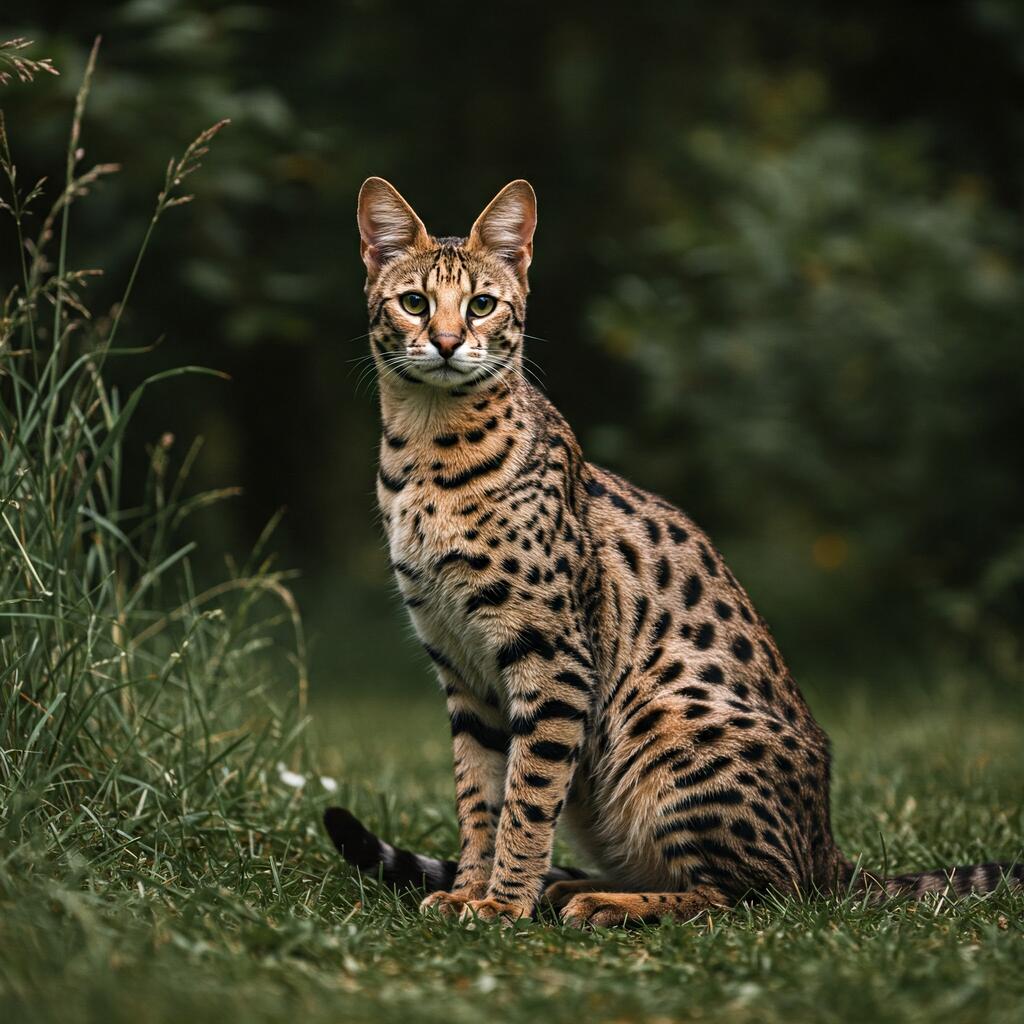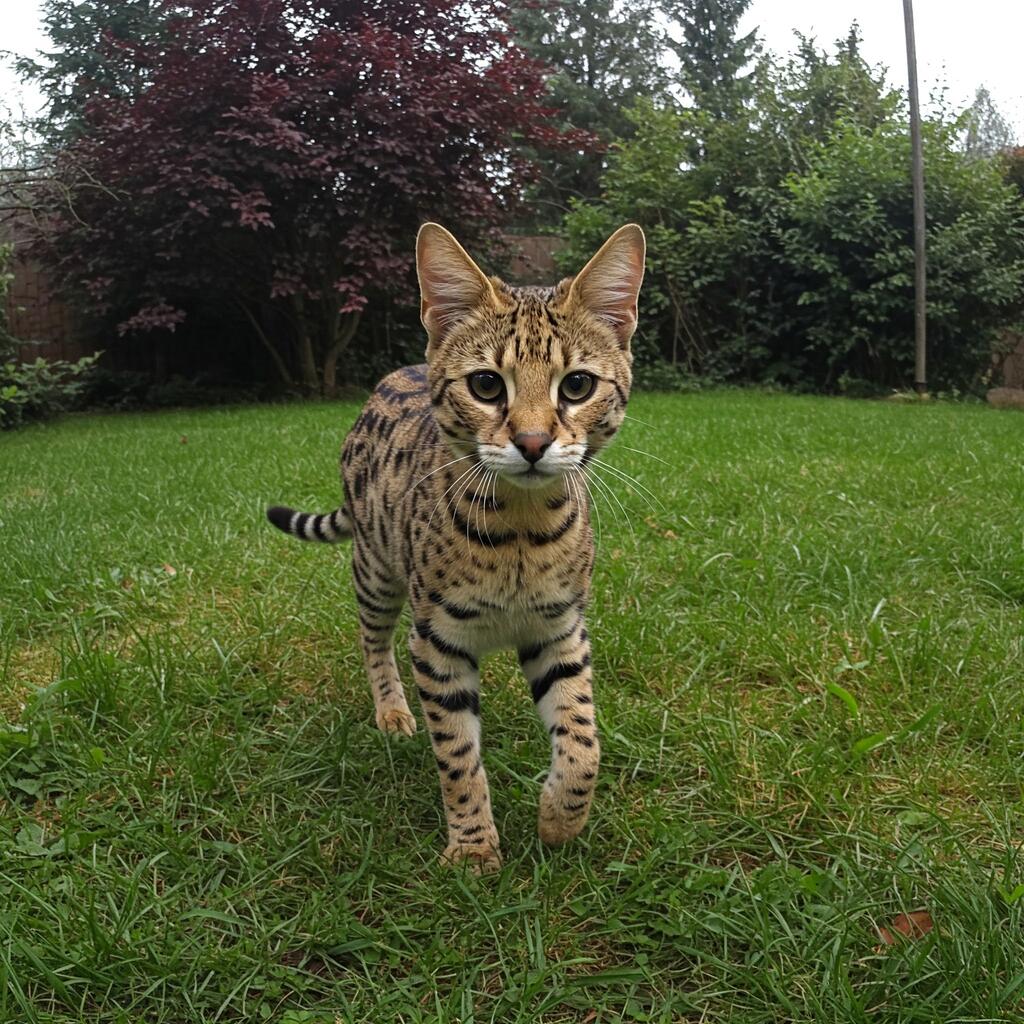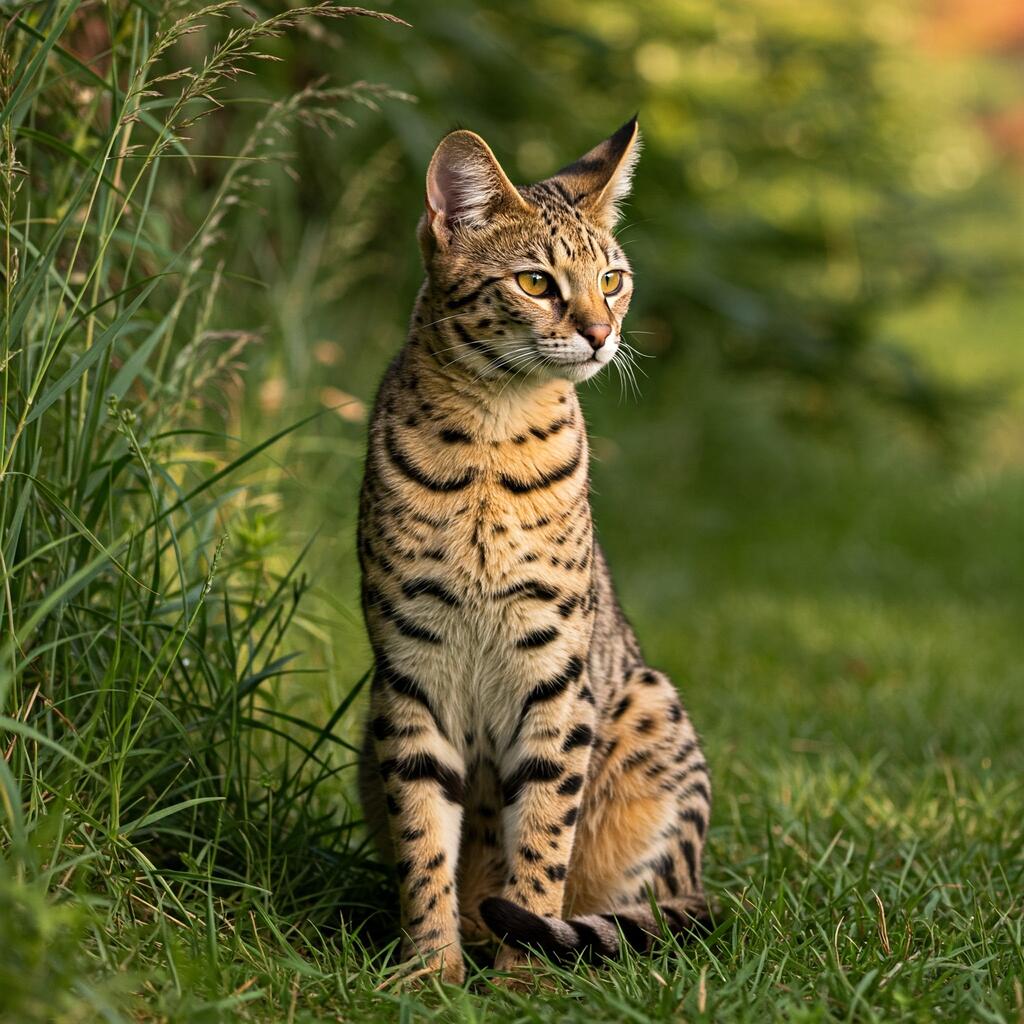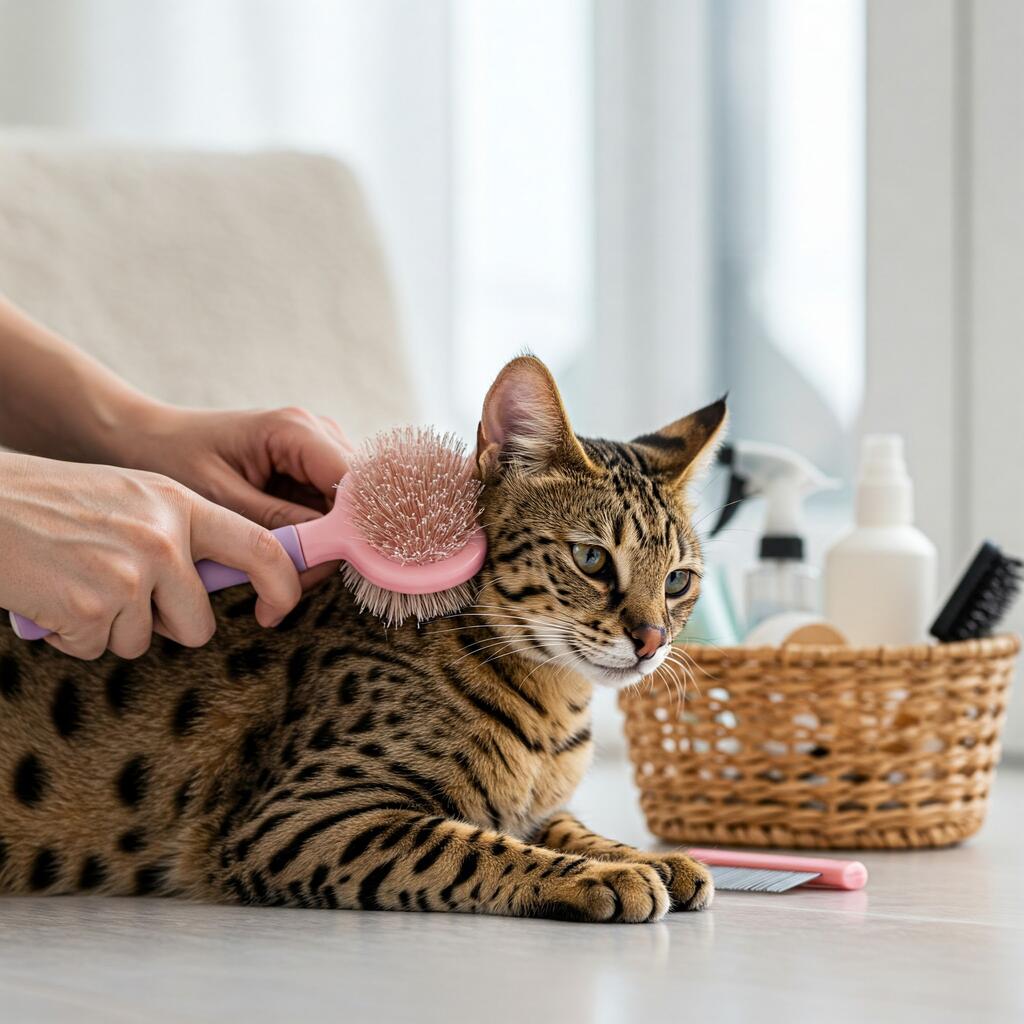
The Exotic Beauty of the Savannah Cat Breed
The Savannah cat was created by man very recently. To create it, a Servalus, which is a wild African feline (African leopard cat) and a Siamese cat were crossed. It was a Bengal cat breeder, Judee Frank, who in 1986 obtained this cat from that cross, in fact the first generation of Savannah possessed the traits belonging to both parents, the size of the Servalus and the docility of the domestic cat.
The size of these cats can vary greatly depending on which generation they belong to. Those of the litter obtained from Servalus and the domestic cat are the largest. As the generation passes they become smaller and smaller, although their size is always considerable.
The difficult mating of this breed, in fact it is said that these cats are sterile up to the fifth generation, means that its price is very high, even up to 20,000 euros. There is only one breeding farm of this breed in Italy. It must be remembered, however, that keeping such a feline is illegal in Italy.
Character of the Savannah Cat

It is not a cat that can be kept indoors all the time, it needs to be outdoors, even if you take it outside with a harness. A secure garden would be ideal for him to be able to let off steam and climb, and if he has a tub or small pool at his disposal, he also likes to play in the water, unlike most felines.
It is large in size and being playful can cause problems if it plays too impetuously, which is why it is not recommended for elderly people and not even for children. Even if it has been used from an early age, it can prove to be a real playmate for children, obviously not too young.
He establishes a loving relationship with his favourite human, follows him everywhere and solicits his games and caresses. He also loves to sleep with him, going so far as to get under the covers if he feels cold. He is a rather autonomous cat who can tolerate loneliness but only if his needs for physical activity and stimulation are perfectly satisfied. He is curious about strangers in the home, but will soon win them over with his innate charm.
Appearance of the Savannah Cat

The body is rectangular, long and muscular, with a robust frame. With its slender, slender build and the size of its ears, it has all the typical characteristics of the leopard cat. The head is slightly small in relation to the body, the eyes are small, elongated and range in colour from green to brown, from gold to amber and are surrounded by black stripes that reach down to the whiskers. It is slender with rather long legs. The tail is short, medium thick, tapering into a black tip.
The coat is short and peculiar, the outer coat is somewhat rough, the undercoat is silky and dense. The colours are different, ranging from fawn to orange with a white belly and throat, to silver, but always with lots of small, oval, round and elongated black spots on the paws and head.
Care and Health of the Savannah Cat

Regular care of the coat, eyes and ears is necessary but this cat requires no other special care. It is sufficient to brush it just once a week to remove excess hair and to keep it shiny and soft. It does not lose much fur even if the undercoat is very thick.
It does not tend to put on weight, although it has a robust appetite, as this breed is very active, but the energy, which is an innate characteristic of the Savannah breed, makes this risk very small in general terms provided, of course, that its diet is correct and its needs are always amply satisfied.






















